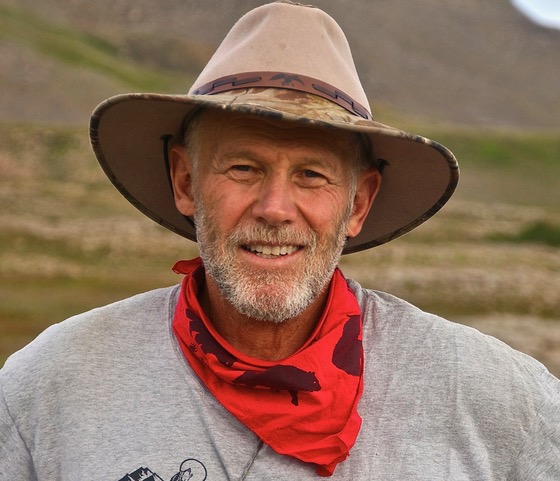
by George Nickas
A while back I received an email from the founders of a recently established organization that was created out of a concern for the “wilderness visitor.” They wrote to challenge Wilderness Watch’s long-time insistence that the fundamental mandate in the Wilderness Act requires managers to—first and foremost—protect each area’s wilderness character. They claim WW’s position misinterprets the law, has incorrectly shaped the views of much of the conservation community and, to the degree we influence the federal agencies, caused them to protect Wilderness from the people.
The gist of their argument is that Wilderness was established to provide recreation opportunities, and that the emphasis many put on protection is diminishing the recreational opportunities that Wilderness affords. To bolster their view they point to language in the law, repeated three or four times, that says wilderness areas “shall be administered for the use and enjoyment” of the American people. The law’s protection requirements, according to their point of view, are operative to the degree they don’t unduly interfere with the overarching purpose of providing recreational opportunities.
I’ve heard variations of this argument before. A long-time wilderness advocate once tried to convince me that recreation was the chief purpose of the Wilderness Act, and as proof offered that the Act uses the words “use and enjoyment” or “recreation” a combined seven times, while “protect” or its derivatives are used only five. I replied that since the Wilderness Act uses the word “mining” 11 times, maybe it was mining, not recreation or protection that the Act sought to achieve! It ended that discussion, but obviously hasn’t ended the debate.
The purpose of the Wilderness Act was never lost on the Act’s architect and supporters. Testifying to Congress in 1962, the law’s chief author and lobbyist Howard Zahniser, explained, “The purpose of the Wilderness Act is to preserve the wilderness character of the areas to be included in the wilderness system, not to establish any particular use.” This directive was codified in the statute with the clear mandate that “[e]ach agency administering any area designated as wilderness shall be responsible for preserving the wilderness character of the area and shall so administer such area for such other purposes for which it may have been established as also to preserve its wilderness character.”
The benefits of “use and enjoyment” of Wilderness were also high on Zahniser’s list, but the concept wasn’t merely synonymous with recreation. He understood the phrase in a much more expansive and meaningful way. Responding to a critic who claimed it was rather selfish to set aside large areas for the limited few who would use them, Zahniser insisted that those who sought out wilderness deserved the opportunity to experience it, but he also explained that the use and enjoyment extended to
“many people who never even hope to explore it…they find relief and inspiration in the wilderness vicariously, and a consciousness of its existence is essential to them. This may be hard to explain, but the people I know who want the wilderness saved for these reasons greatly outnumber those I know who want the wilderness saved for their own excursions.”*
None of this suggests recreation isn’t an important public purpose of Wilderness. To many of us our time spent in Wilderness is essential to our being. But Wilderness is valuable for many reasons, including for its own sake; it doesn’t derive its value from us. Wilderness can exist and thrive without recreation, and indeed some areas do, but for us to have an authentic wilderness experience there has to be a real Wilderness to enjoy.
*Quoted from “The Wilderness Writings of Howard Zahniser,” by Mark Harvey. A must read for wilderness advocates who want to understand more about the person, the ideas and the language underpinning the Wilderness Act.
------------------
George Nickas is the executive director of Wilderness Watch.
%MCEPASTEBIN%
 In late October, Marilyn and I headed south for a 226 mile 21-day float trip down the Grand Canyon of the Colorado River. There were four of us, in two rafts. For most of the 20,000 or so folks who annually float the Colorado, the scenery and numerous challenging rapids are big attractions. But for Marilyn and me, the big draw was the vast desert wilderness that the river punctuates. Although I hadn’t rowed challenging whitewater in nearly two decades, we all made it through the rapids upright, though I had a few close calls.
In late October, Marilyn and I headed south for a 226 mile 21-day float trip down the Grand Canyon of the Colorado River. There were four of us, in two rafts. For most of the 20,000 or so folks who annually float the Colorado, the scenery and numerous challenging rapids are big attractions. But for Marilyn and me, the big draw was the vast desert wilderness that the river punctuates. Although I hadn’t rowed challenging whitewater in nearly two decades, we all made it through the rapids upright, though I had a few close calls.
